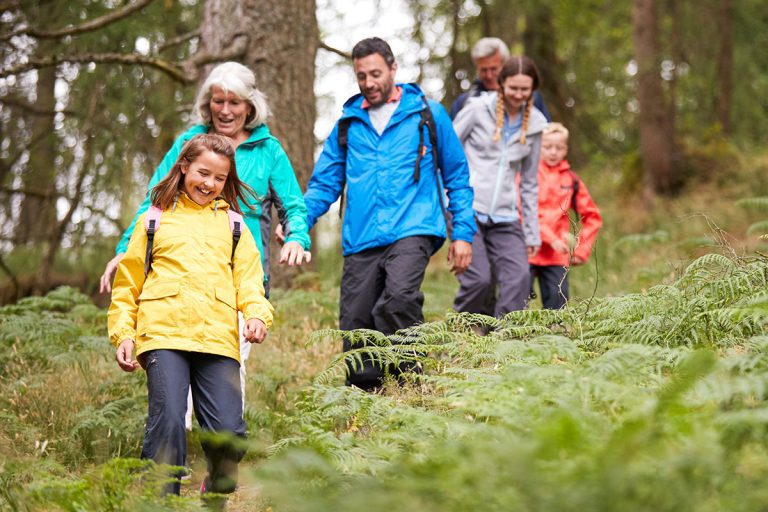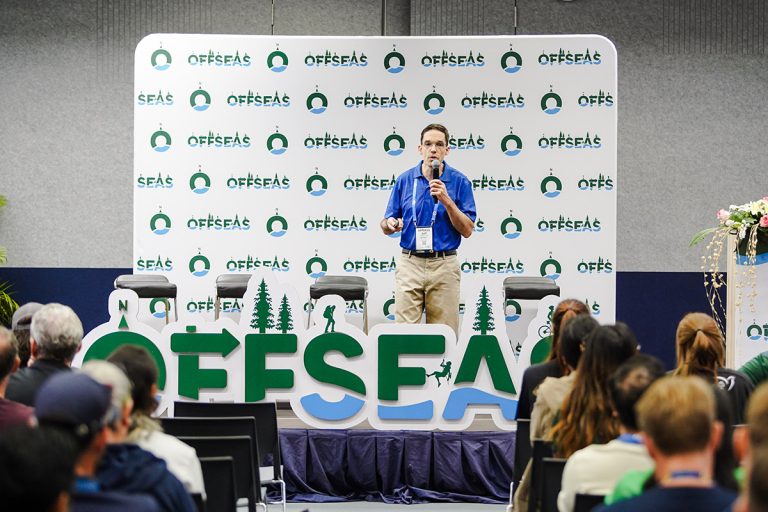How Differing Maturation Rates of Amygdala and Prefrontal Cortex Affect Risk-Taking
What causes risky behavior? Advances in brain imaging technology have led to a theory about how uneven brain development influences risk-taking.
The brain was once thought to have completed maturation in childhood. But functional Magnetic Resonance Imaging shows that the brain continues to develop into the mid 20’s. Up until this time, changes in brain structure and function, hormones, and neurotransmitters such as dopamine increase the desire to engage in risky behaviors.
The limbic system of the brain contains the amygdala, and seeks thrills and rewards risk-taking behavior. Research show that this system develops relatively rapidly, typically peaking at around 19 years of age.
The prefrontal cortex (PFC) is the region of the brain that regulates and moderates risk by controlling impulses and promoting thoughtful behavior. The PFC is generally not fully developed, however, until a person reaches their early to mid 20’s.
The brain of a young adult, then, is somewhat like an alpine skier who loves to zoom down the slope but has not yet learned techniques to stop. The imbalance in the brain’s risk-seeking and cognitive control mechanisms can increase the likelihood of accidents and other incidents.
Until an outdoor leader reaches the mid 20’s, their likelihood of risky behaviors may be increased. Although more mature adults are also sensitive to rewards, they have a more fully developed cognitive control mechanism that inhibits risky behaviors.
Changing knowledge, beliefs and attitudes are not highly effective in influencing the neurobiological chemistry affecting risk-taking. Therefore, some outdoor programs may choose to hire outdoor leaders at a minimum age of 24 (or at least 21), in order to avoid the hazards of employing younger persons whose capacities for self-regulation, planning, and weighing risk and reward are still developing. That can be a useful approach even in lower-risk outdoor environments like residential summer camps, but is especially important for higher-risk situations such as remote wilderness, international travel, and extreme environments.
Research on brain science is ongoing, so expect theories on brain development to evolve. One competing theory posits that risk-taking in young persons is a simply a result of the natural desire to explore and learn about the world, without the benefit of the accumulated wisdom that adults have. This leads to risks being taken that more experienced adults would be unlikely to take. With this theory, however, the benefits of hiring older and more experienced outdoor leaders remain.
Note: this material adapted from the book Risk Management in Outdoor Programs: A Guide to Safety in Outdoor Education, Recreation and Adventure.



